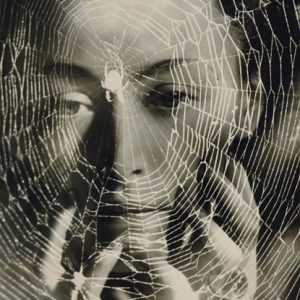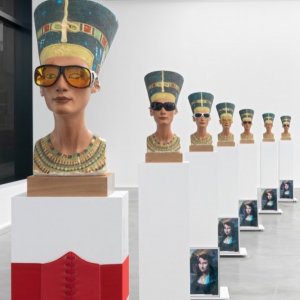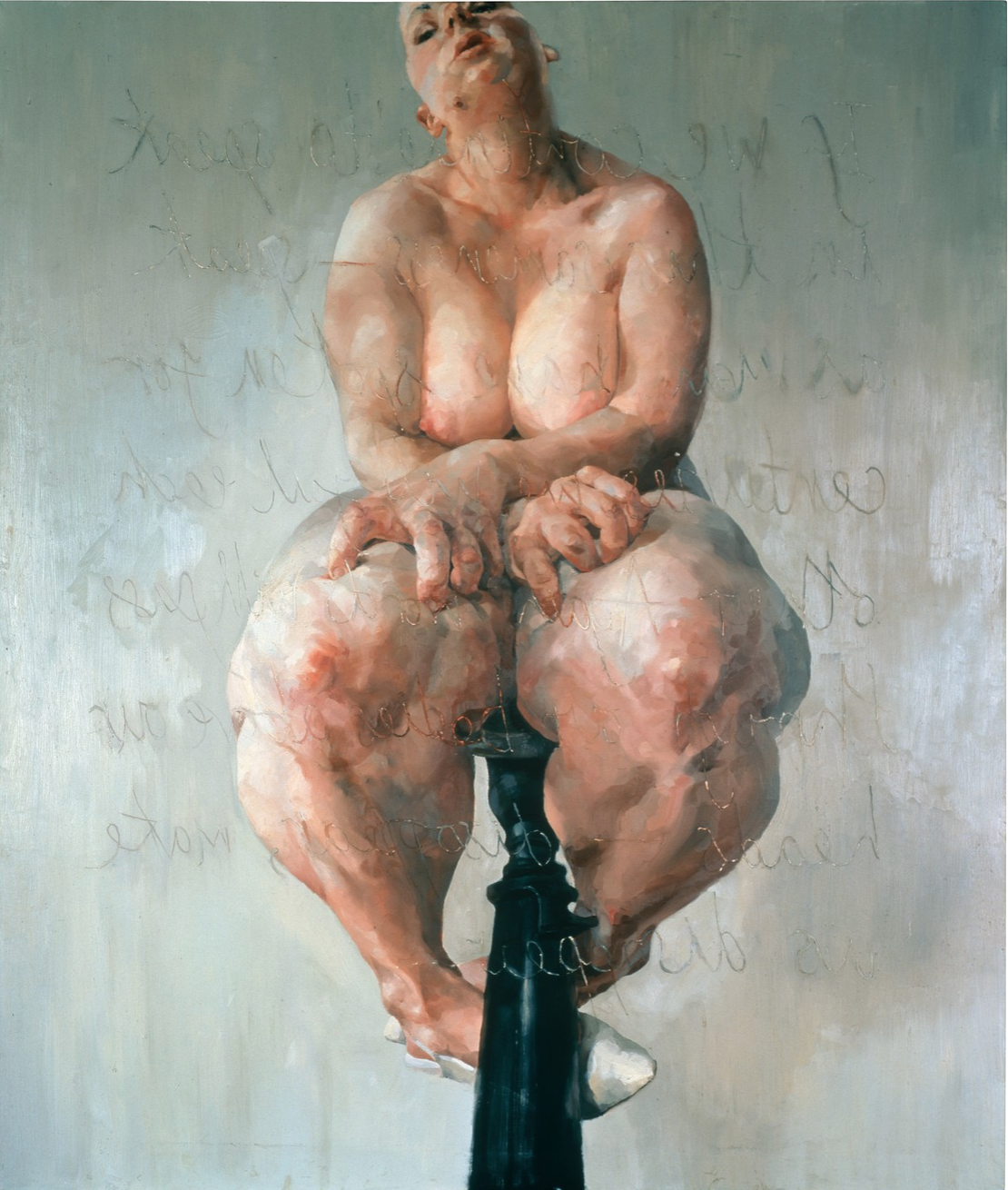
Propped 1992 ©Jenny Saville
Jenny Saville’s “Propped,” which debuted in 1992, achieved a groundbreaking milestone by setting a record for the highest auction price for a living female artist. The artwork commanded an impressive 9.5 million pounds, approximately $12.4 million, during Sotheby’s “Frieze Week” evening sale of contemporary art on October 2, 2018.

Saville’s artistic exploration delves into the intricacies of the human form, transcending the confines of traditional figuration and embracing elements of modern abstraction. Using oil paint applied in rich layers, she brings an almost tangible quality to her canvases, blurring the lines between painted representations and living, breathing bodies. As she manipulates, smears, and scrapes the pigment across expansive canvases, the boundaries between reality and artistry begin to dissolve.
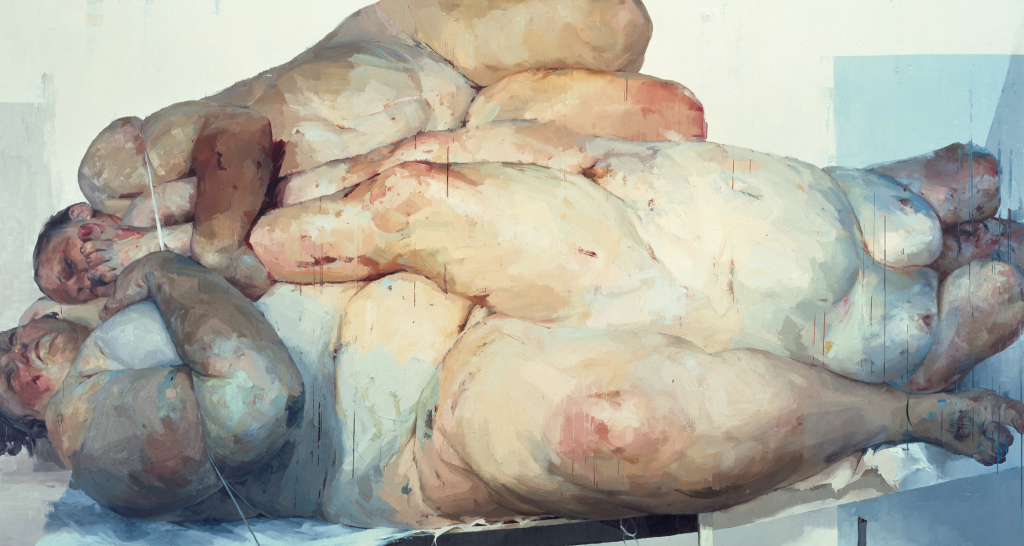
Born in Cambridge, England, in 1970, Saville pursued her studies at the Glasgow School of Art from 1988 to 1992, with a brief stint at the University of Cincinnati in 1991. Her fascination with the “imperfections” of flesh, laden with societal implications and taboos, became a focal point of her exploration. This fascination originated in her childhood, influenced by encounters with works by Titian and Tintoretto during trips with her uncle and observations of her piano teacher’s distinct anatomy. During a fellowship in Connecticut in 1994, Saville had the opportunity to observe a New York City plastic surgeon, profoundly shaping her perception of the body’s resilience and fragility. This experience ignited her investigation into the myriad ways flesh can be transformed and disfigured, leading her to explore medical pathologies, study cadavers, observe animals and meat, and examine classical and Renaissance sculpture.
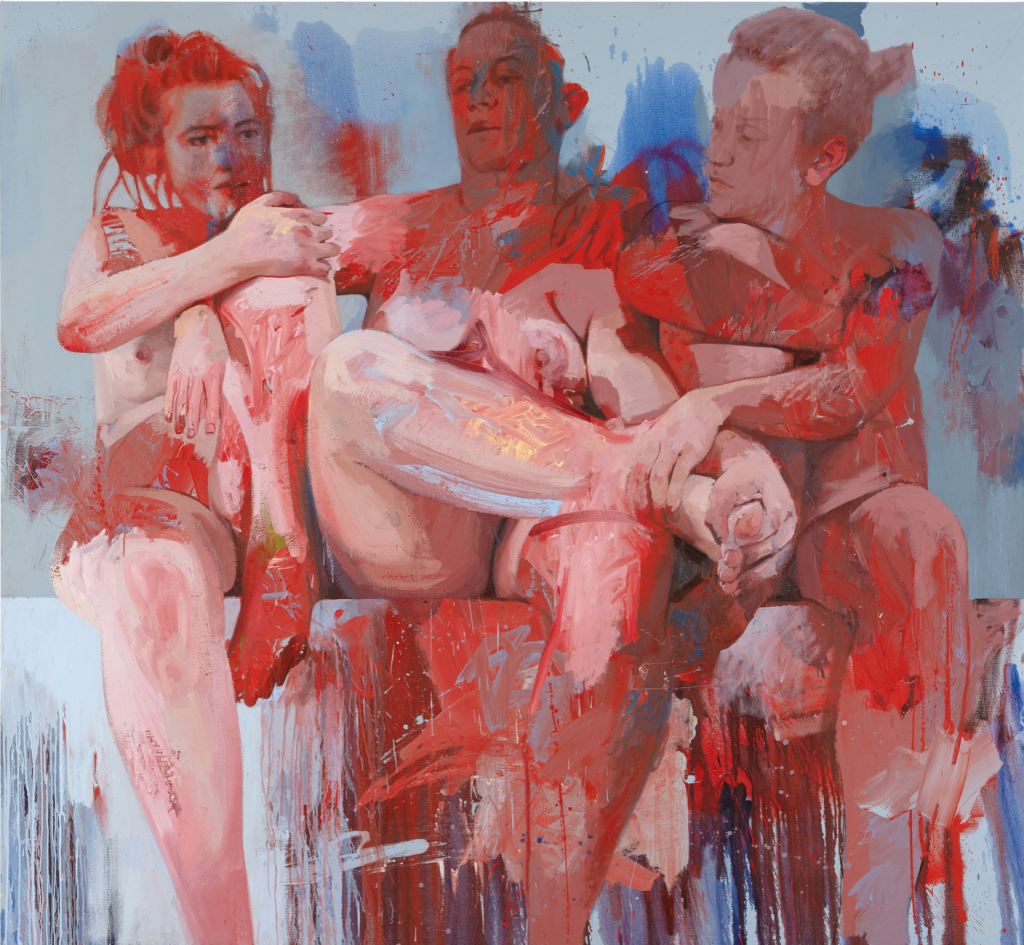
A prominent member of the Young British Artists (YBAs), a collective of painters and sculptors that gained prominence in the late 1980s and early 1990s, Saville revitalized contemporary figurative painting. Her work challenges the boundaries of the genre and raises profound questions about society’s perception of the body. Despite its forward-looking nature, Saville’s art demonstrates a profound awareness, both intellectually and sensorially, of how the body has been represented across time and cultures. Her paintings draw inspiration from various sources, including antique and Hindu sculpture, Renaissance art, and the works of modern masters like Henri Matisse, Willem de Kooning, and Pablo Picasso.

In the expressive faces, intertwined limbs, and cascading folds of her paintings, one can discern echoes of masterpieces such as Titian’s “Venus of Urbino” (c. 1532), Rubens’s “Christ in the Descent from the Cross” (1612–14), and Manet’s “Olympia” (1863). Saville’s paintings resist fitting neatly into a historical continuum; instead, each body emerges independently, voluminous and unapologetically refusing to be concealed.

